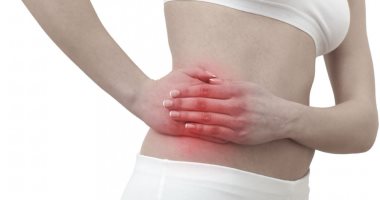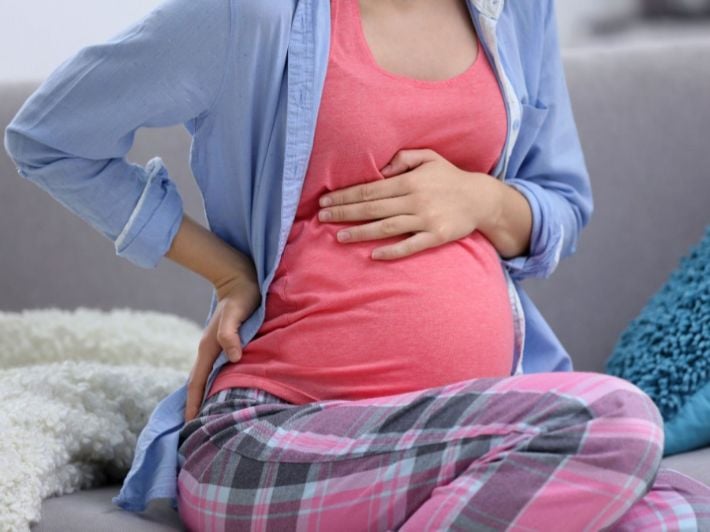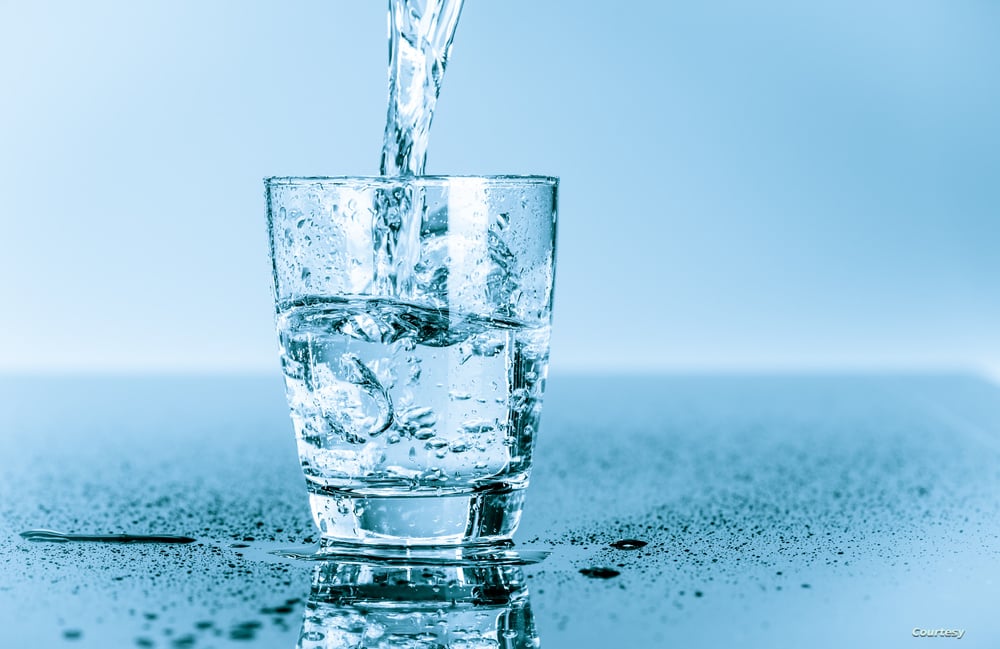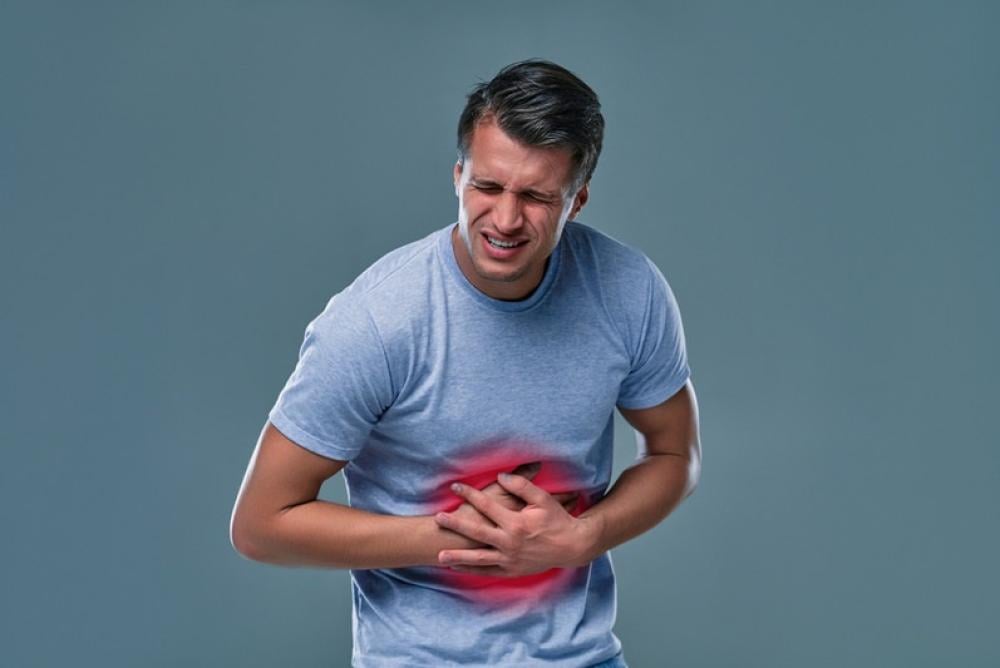Because the stomach is the house of disease, who among us has not once suffered from stomach pain or colic? The symptoms and severity of colic vary from person to person depending on the cause, but the pain remains the same for everyone.
Therefore, in this article, we will discuss the problem of colic, its symptoms, and its most important causes, in addition to presenting ways to treat colic and achieve the best results.
stomach pain
Stomach pain or colic appears from under the ribs to above the pelvis. The severity of colic varies depending on the causes and areas of pain, and upon reaching the site of pain, the best way to treat colic can be reached.
Colic
The severity of colic varies depending on the age of the person. There are colic pains that appear in children or infants, as well as colic pains in adults.
Colic in infants
It appears as a result of an allergy to some dairy products, gas and bloating after breastfeeding, or as a result of constipation for days on end.

Treatment of colic in children
Colic in children
Gastric colic in children varies depending on the different types of food. Therefore, colic appears as a result of an allergy to some foods, indigestion, malnutrition, or as a symptom of the appearance of some worms and parasites, in addition to neglecting personal hygiene and eating food without washing it.
Colic in adults
Unlike colic in children, the appearance of colic in adults varies and is based in some areas as evidence of a health problem in a specific organ, such as:
- Renal colic
Renal colic appears in the kidney area on the right or left side, and its difficulty appears with going to the bathroom every time. This is the result of sedimented stones blocking the urethra, preventing it from exiting the bladder and urethra outside the body.

Treatment of renal colic
- Biliary colic
Biliary colic appears in the form of sudden pain in the right side under the chest as a result of the deposition of stones in the gallbladder.
- Intestinal colic
Sudden pain appears without warning in the area of the small or large intestine. Such spasm occurs as a result of several diseases, including colon disorder, old scarring resulting from abdominal surgery, or the presence of cancerous tumors.
Such cases require immediate emergency action, to find out the cause of the problem and treat colic under the supervision of a doctor.
Types of colic
In some cases, colic can be treated at home, by knowing its type.
- Acute colic
Acute colic appears accompanied by other symptoms within hours and can last for days if treated, such as infection, kidney stones, urinary tract infection, cystitis, appendicitis, inflammation of the pericardium, and other diseases.
- Chronic colic
Chronic colic is not classified because colic continues all the time, but it is the result of exacerbation of already existing health problems such as an ectopic pregnancy, persistent colon disorders, angina pectoris, as well as stomach ulcers, esophageal reflux, and inflammation of the inner lining of the stomach.
Acute and chronic colic can be treated if its cause is known and how to get rid of it. This is required under medical supervision.

Pregnant colic
- Progressive colic
It appears in the form of worsening colic over time, accompanying several diseases, including hepatitis C, Crohn's syndrome, liver and kidney cancer, splenomegaly, lead poisoning, in addition to blood poisoning and urinary poisoning.
Such pain cannot be treated at home, because it requires observation and health care under the supervision of an integrated medical team in the hospital.
Diagnosis of colic
Colic is diagnosed according to some data, including laboratory tests and asking some questions to find out the cause and find out the treatment for colic.
Questions the doctor may ask
There are some questions that the doctor must ask, such as:
- Can you describe colic and its location?
- Does it stay in the same place even when you lie on your back or sit upright?
- Does it accompany you when you urinate or defecate?
- Does the pain appear anywhere else in your body?
- What is the nature of your diet?
- Do you feel the same cramps during your menstrual cycle?
- are you pregnant?
- Have you recently had an accident or injury?
- Are there any activities or exercises that help relieve your pain?

Treating colic during exercise
Laboratory tests
There are many causes of colic, so the doctor first examines the patient clinically and learns about the family’s medical history, in addition to performing several laboratory tests, including:
- Analysis of liver and kidney enzymes
- Urine and stool analysis
- Take an X-ray of the pelvis
- An ultrasound was performed on the pelvic and abdominal area
- Do a CT scan
These tests help the doctor reach the appropriate treatment for the problem of colic.
Treatment of colic
From the moment you know the type of colic and its main cause, colic can be treated medicinally and also through natural home recipes. Following a healthy diet also contributes to treating abdominal pain and reducing its occurrence.
Treating colic medicinally
- If stomach pain is accompanied by constipation, colic can be treated by taking laxative medications in addition to drinking large amounts of water and fluids and eating foods full of fiber such as various vegetables and fruits. It is also preferable to stop drinking drinks that contain caffeine because they absorb body fluids and contribute to increasing the severity of constipation. Constipation and colic.
- If colic is caused by bloating and gas in the abdomen, it can be treated by treating gas medications that contain the active ingredient simethicone.
- In the case of abdominal pain resulting from diarrhea, medications containing loperamide or bismuth contribute to treating colic and reducing diarrhea.
Natural home recipes
Home recipes and simple drinks are also indispensable in treating colic, so some herbs have a magical effect in alleviating colic.
Mint
Warm mint helps relieve colic in adults and children by calming the stomach and intestines.
Chamomile
Chamomile or chamomile flowers help calm nerves in general and relieve stomach pain in children and adults, so they are effective in treating colic. It can be consumed in a warm drink and sweetened with white honey to achieve the best health results.
Star anise
Anise contributes to a peaceful sleep in addition to treating colic associated with gas and bloating in children.
Caraway
Caraway drink helps reduce abdominal bloating after breastfeeding, in addition to reducing constipation in children.
Diet
Following a diet contributes to treating colic effectively and reducing its recurrence, by following the following instructions:
- Drink two glasses of water before each meal, in addition to starting the day with some exercise and drinking water before breakfast.
- Eat plenty of fiber to reduce constipation.
- Reduce caffeine because it absorbs water in the body and exposes it to dehydration and constipation.
- Stay away from soft drinks that cause indigestion and bloating.
- Eat small amounts of food at each meal and focus on the protein in it.
- Practice yoga twice a week.
- Walk for an hour daily and drink water to avoid dehydration.
- Avoid sitting and sleeping for long periods.
- Control stress and avoid it as much as possible.
- Avoid sleeping immediately after eating.

Drinking water is one of the ways to treat colic
When should you consult a doctor quickly?
Some accompanying symptoms require immediate contact with a doctor, such as:
- Persistent vomiting
- fever
- Recurring colic with every movement or lying down
- Appearance of blood when defecating
- Yellowing of the skin
- Pregnancy
- Severe weight loss for no reason

